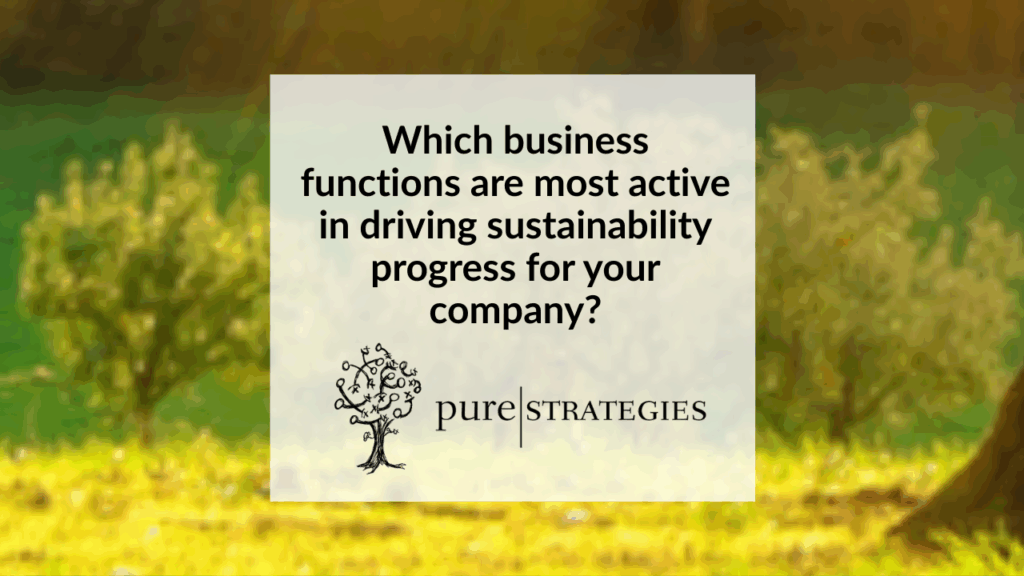Devastating losses of the lowly honeybee hold lessons for business sustainability strategies and systems-based analyses. The honeybee’s situation reminds us that systems as diverse as bees and businesses are dependent on a number of related factors. When these are better understood, they can help identify risks and opportunities to strengthen sustainability strategies for long-term success.
The honeybee decline poses a serious threat to crops. The losses reached levels causing concern in 2006, yet the trend continued and estimates for the 2013 growing season are that one-third to one-half of the honeybees in managed colonies in the U.S. are gone – called “Colony Collapse Disorder.” The reasons are complicated yet reveal the interdependence of system factors, a lesson important to more than just bees.
One-third of all food and beverages are made possible by pollination, mainly by honeybees. Crops such as almonds in California are dependent on managed colonies of honeybees. Whole Foods removed 52% of its produce at a R.I. store demonstration to show how much of our food relies on bees. Given honeybees’ importance, efforts are underway to understand the causes and find solutions. A new report from the EPA and USDA found that multiple factors play a role in honeybee colony declines, including parasites and disease, genetics, poor nutrition, and pesticide exposure.
The U.S. honeybee colonies are primarily derived from two subspecies. This lack of genetic diversity has made the bees less resilient to pests, disease, or chemical stressors. Indeed, the primary agent linked to the honeybee losses is a parasitic pest (a mite called the Varroa). Yet, poor nutrition also plays a role, making the bees more susceptible to illnesses.
Diverse flowers provide food for honeybees. Land changes such as removal of natural buffer zones on farms and monoculture crop production have led to less varied nutritional choices for the bees. This has weakened bee health making them more susceptible to stressors such as diseases and chemicals.
Chemicals like pesticides contribute to bee losses in a number of ways including directly harming the bees, causing pest/disease resistance to treatment, and acting synergistically with other stressors like parasites. The concern over these effects has caused the E.U. to ban neonicotinoids, widely used on pollinated crops.
No single factor seems to be responsible for the bee decline. Several factors act interdependently; limited biodiversity leads to susceptibility to nutritional deficiencies or chemical exposure. In turn, nutritional deficiencies/chemical exposure causes greater damage from disease exposure.
This interdependence isn’t unique to bees. An Institute of Medicine forum on nutrition and sustainability recently noted that human nutrition also relies on biodiversity and our nutritional status impacts our health.
The take-away lesson? Companies can explore potentially important interdependencies to their businesses by outlining relevant sustainability issues and exploring scenarios of how one impacts another (e.g., for food production, this could include biodiversity, water, land, and chemicals). This systems-based approach of considering potential interdependencies can help identify business risks and opportunities to strengthen sustainability strategies for long-term success.
Interested in helping the honeybee – check out the tips from Whole Foods.


